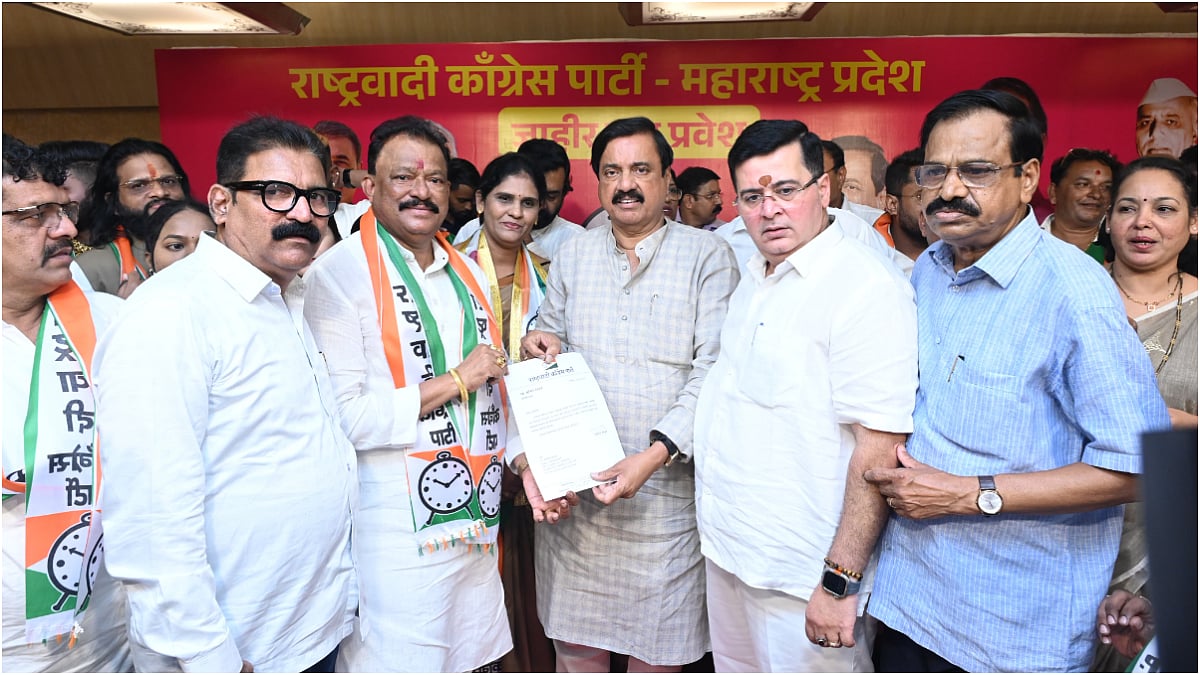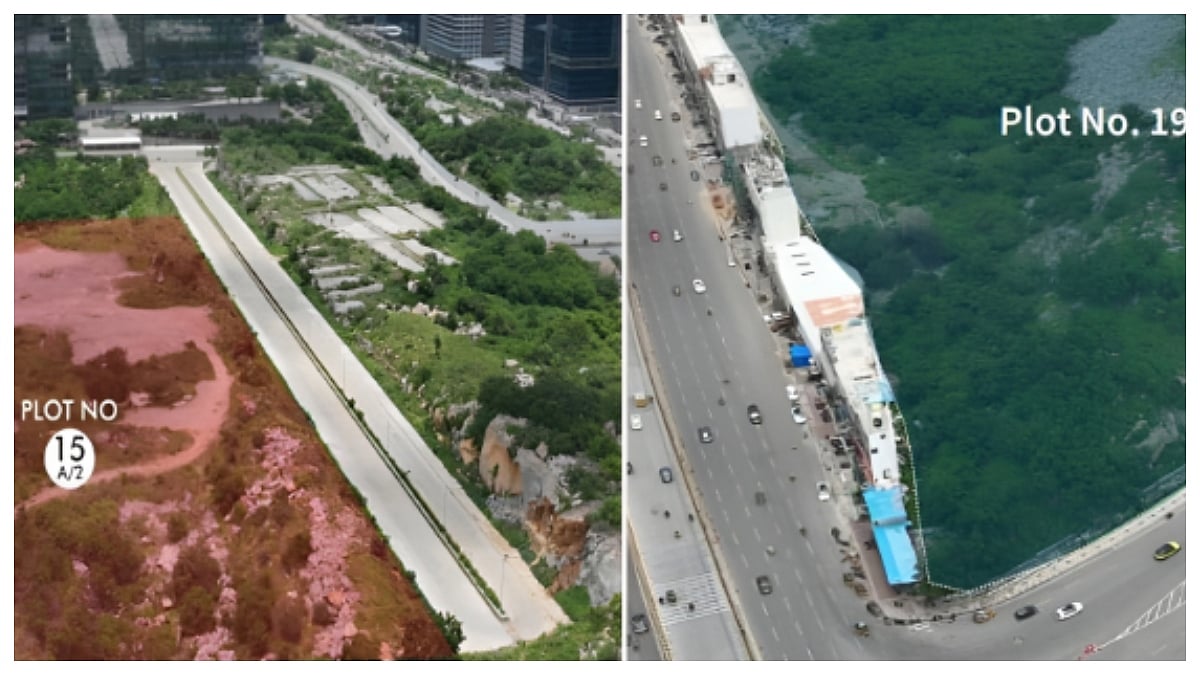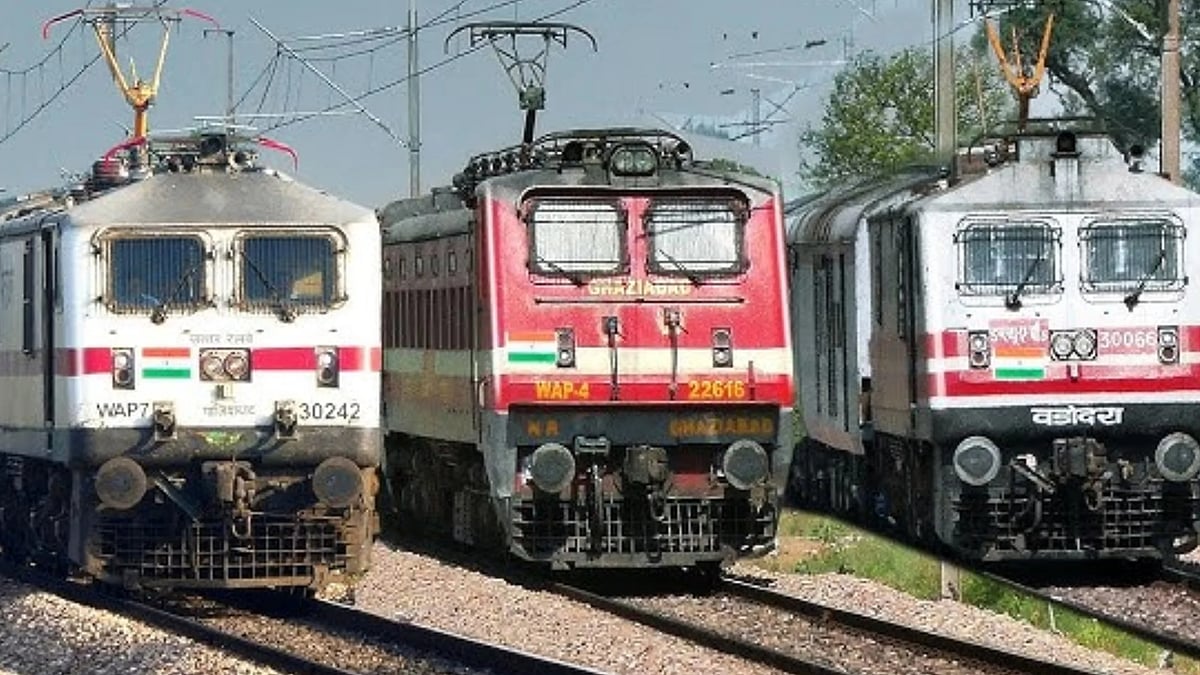The first step to developing a solution is the realisation of the existence of a problem.
With regards to senior citizens in India, there is little realisation that this demographic is already the fastest growing segment of the country’s population. By 2050, it is expected that every fifth Indian will be above the age of 60.
This in turn has a direct impact on the Dependency Ratio – a critical metric to evaluate how many seniors are dependent on others for support. The census of 2021 identified an Elders Dependency Ratio, which is the number of people above the age of 60 per number of people between the age of 15 – 59 to be 0.14.
When one eliminates from the population of 15 – 59, those that are not working, the ratio jumps to 0.23 – which is to say that a set of four working people are supporting an elder. Adding children in the age group of 0 – 14 to the Economic Dependency Ratio further adds pressure to the working population to support dependents – both the old and the young.
While better medical treatment and life style changes are increasing the average life span of the Indian citizen, this is increasing the number of the population that are dependent on either their children or society to support them in their advancing years. It is the lamentable lack of a social safety net for seniors in India which will be increasingly felt by both seniors and their children in the years to come.
On the financial front, the last many years has seen incomes for seniors stagnating or decreasing on account of lower interest rates. At the same time, inflationary pressures has eroded their real purchasing power. Medical expenses, where inflation has been 3x of the retail inflation, is an additional burden more specifically for seniors than any other segment of the population.
We need the government to support and encourage higher interest rates for deposits by senior citizens to allow for their real income to stay at or above inflationary levels. At the same time, the Insurance sector should be incentivised to provide coverage to seniors. It is unfortunate that senior citizens are unable to get or afford the insurance they need at an age and stage of their life when they need it the most.
On the medical front, we find that while the Indian education system produces top doctors and even better specialists, not enough medical colleges even offer a course for geriatric specialisation. The problem is even more acute in the case of nurses and caregivers.
We harbour a common stereotype that elders are generally problematic, fussy, forgetful and rigid. Training dispels these notions. A study in 2021 revealed an existing shortage of 800,000 geriatric care professionals in the country. When one extrapolates this to the urban – rural split in the population vis-à-vis the trained support available, the gap in rural areas becomes even more acute.
Education and training policies that refocus the courses and seats on offer to the demands of the future can help address this urgent requirement.
COVID-19 and the isolation and loneliness that it brought to seniors living on their own highlighted the need for community living. The solution offered by senior living communities addresses not just the requirements for daily chores but also provides peace of mind by addressing the current and emergent medical needs of the residents.
Furthermore, well-managed senior living communities help reduce the impact of ageing and keep residents healthier for longer by embracing the philosophy of positive ageing. These activities keeps senior residents physically fit, mentally alert and intellectually stimulated in a socially engaging environment.
Government support to developers to create such communities and to residents by waiving the Goods and Services Tax of product and services will go a long way in addressing the gap that exists between supply and demand. The last CII survey identified the need for 200,000 homes against a supply of 20,000 homes in various stages of development.
The problems, as one can see, are many. It will need a multi-pronged approach across all sectors to ensure that India is ready to serve this demographic that have spent their lifetime serving society and the nation.
(Mohit Nirula, CEO, Columbia Pacific Communities-senior living community operator)










